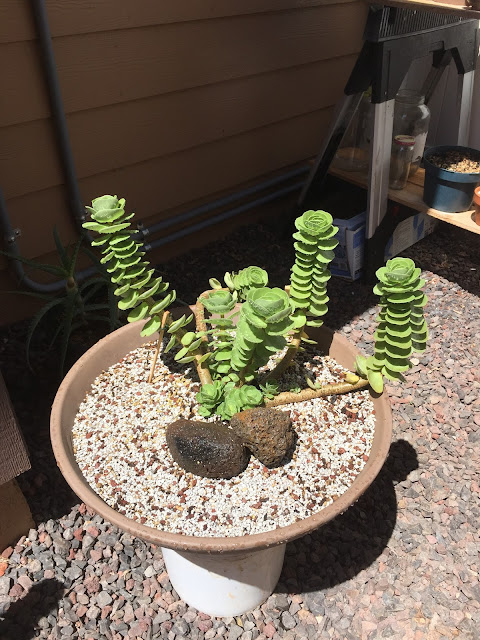 And here are some bases that have not been pollinated.
And here are some bases that have not been pollinated.
 I'll keep posting updates as this process moves forward. 4/5/17 Update - some of the bases of the last crop of flowers are splitting. The article describes this - so I'm going to try and bag the pods so I can capture the seeds.
I'll keep posting updates as this process moves forward. 4/5/17 Update - some of the bases of the last crop of flowers are splitting. The article describes this - so I'm going to try and bag the pods so I can capture the seeds.

















































